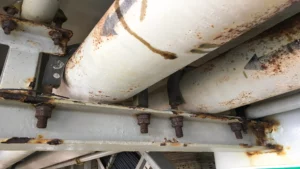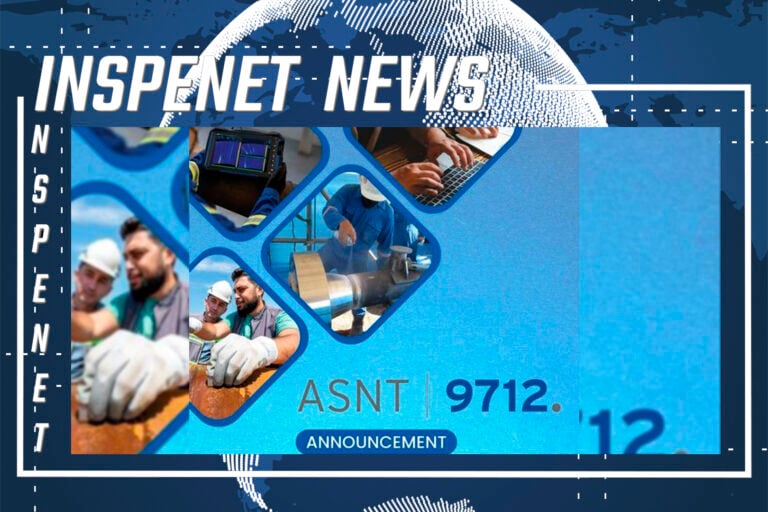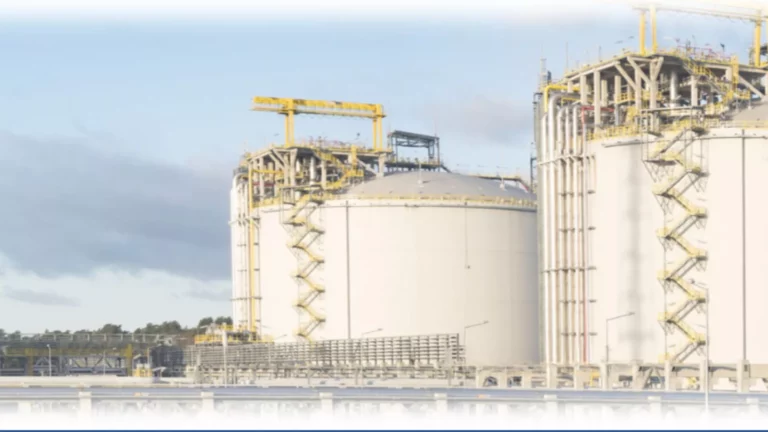Inspenet, June 7, 2023
Increased pressure for shipping to minimise its carbon emissions is helping in the drive towards a more sustainable industry. The IMO-led Energy Efficiency Existing Ship Index (EEXI) and Carbon Intensity Indicator (CII) now provide a vessel with a carbon score based on its technology and previous year of operation and is beginning to act as a deciding factor when it comes to which vessel to charterer.
While the new regulations are providing a more transparent view of a vessel’s individual impact, the annual scoring process provides an impractical assessment value for energy companies, charterers and terminal operators concerned with only a specific activity or period of time.





Supporting a more accurate view of emissions forecasting, MIS Marine’s Environmental Marine Index Tool (EMIT) and Carbon Intensity Model (CIM) reflect the current condition of the vessel and can report on a single voyage or time period, not only supporting the emissions data of an existing voyage, but also allowing emissions data to play a practical role in chartering, voyage planning, reporting and decision-making.

Optimising current data
Unlike the EEXI and CII, which focus upon providing a sustainability score in retrospect, EMIT and CIM also take a snapshot view of the latest data to forecast a vessel’s carbon expenditure.
Dependent on the particulars data provided in Mainstay (MIS’ flagship vetting system), a vessel’s EMIT value is calculated using the particulars values prioritised by the user, e.g., if the operator has informed that design improvements have been made since it last submitted its EEXI score, the user has the option to manually override the associated particulars value in the vetting system. Following this action, EMIT will be automatically recalculated, meaning that the EMIT value will reflect the current condition of the vessel and accommodate charter arrangements, unlike EEXI which requires a ratification process to occur from a registered board.
Likewise, the CIM can assess the carbon expenditure for a specific voyage or time period, allowing a charterer to identify the environmental impact of their use of the vessel.
CIM can also approximate the rating of future voyages and operations; if the start and end ports of a voyage, along with the estimated duration are input into the model, an estimated CIM rating for the voyage can be produced, allowing users to assess future environmental impact.
Helping the shipping industry to apply Big Data
Visit mismarine.com to learn more about their leading vetting and compliance system and applications that are supporting energy companies and charterers in applying big data to their operations to support decision-making and operational improvements.
Source : MIS Marine. Shipping sustainability data. How useful is it?
Cover photo : MIS Marine. Shipping sustainability data. How useful is it?
Internal photo : ShutterStock
Don’t miss the Inspenet News at: https://inspenet.com/en/inspenet-tv/













